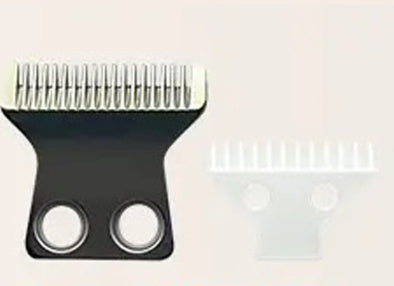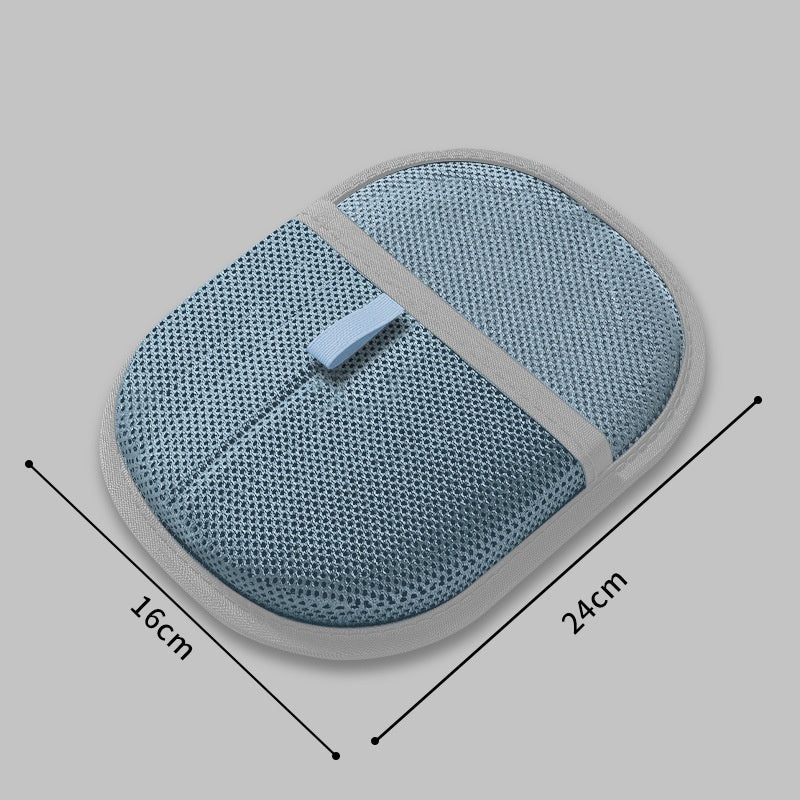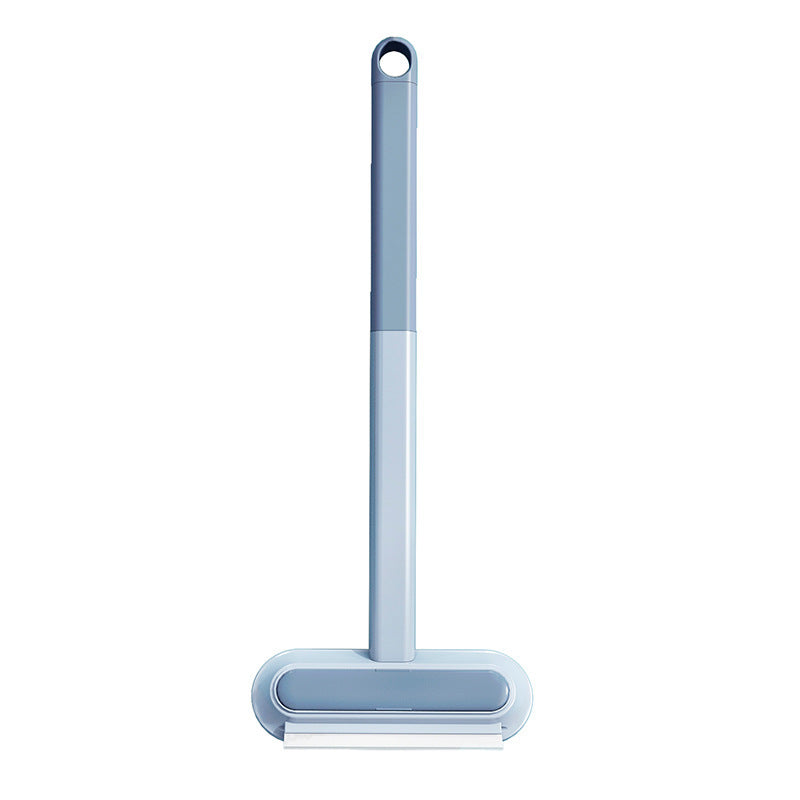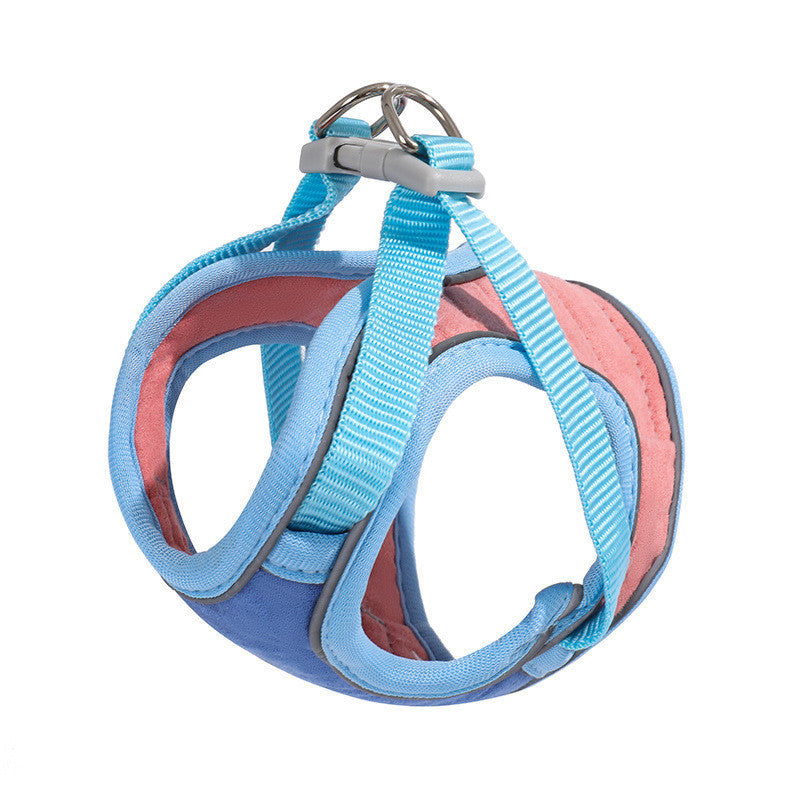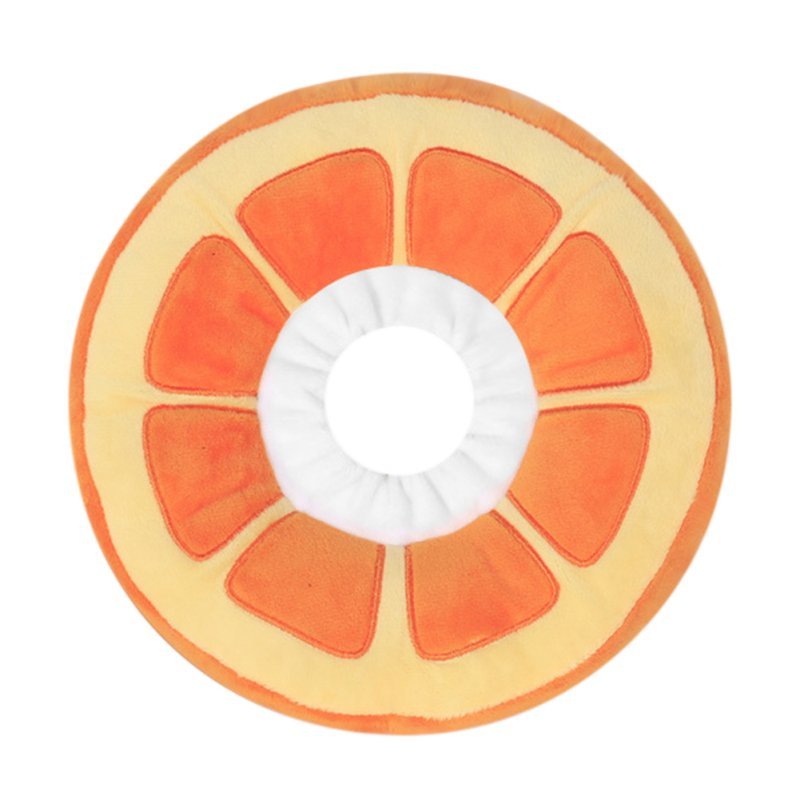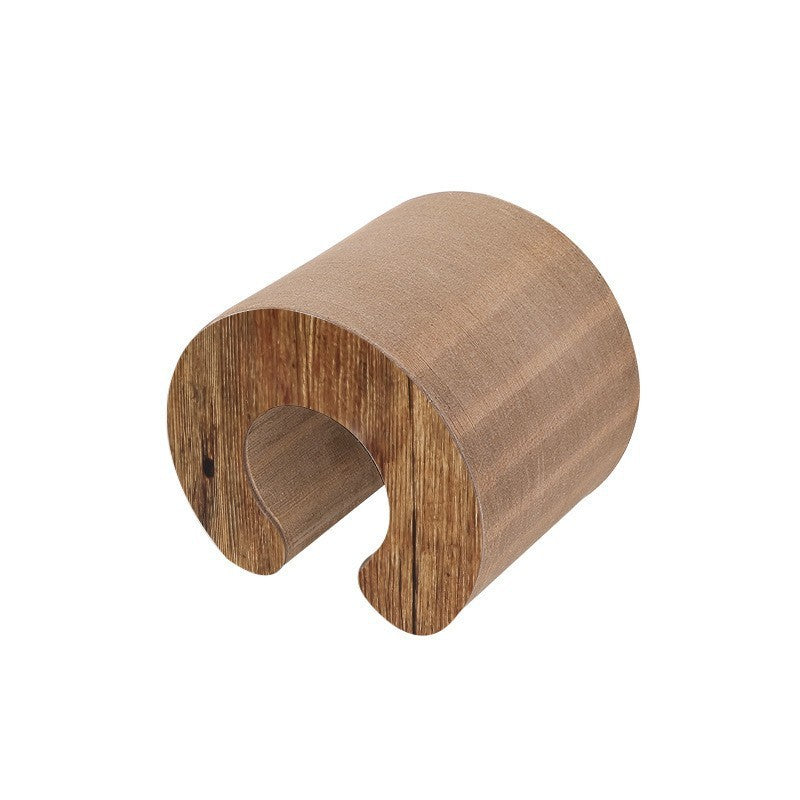Creating an outdoor space that's both beautiful and safe for cats requires understanding which plants pose risks and which elements will enrich your feline's experience. Many popular garden plants can be toxic to cats, while others provide sensory enrichment and natural entertainment.
In this blog, we'll guide you through designing a garden that serves both your aesthetic preferences and your cat's safety needs.
Plant selection: Avoiding toxic varieties is crucial for cat safety. Common garden plants like azaleas, daffodils, foxgloves, and oleander can cause serious illness or death if ingested. Instead, choose cat-safe alternatives like sunflowers, zinnias, snapdragons, and marigolds that add color without risk. Herbs like basil, cilantro, and parsley are generally safe and may provide interesting scents for exploration.
Enrichment features: Cats appreciate gardens that stimulate their senses and natural behaviors. Plant cat grass or wheat grass in dedicated areas for safe nibbling. Include plants with interesting textures like lamb's ear or strong scents like lavender (in moderation). Create hiding spots with low shrubs or decorative grasses that provide cover for stalking games.
Walkerville Vet and Australian plant retailers suggest planting cat grass or wheat grass for safe nibbling, and including sensory plants like lamb’s ear (for texture) or lavender (for scent) in moderation. These choices provide sensory enrichment and encourage natural feline behaviours.
Boundary considerations: Secure fencing prevents cats from wandering into dangerous areas while keeping other animals out. Consider cat-proof fencing with inward-angled tops or specialised cat containment systems. Check for escape routes regularly, as cats are excellent at finding unexpected exit points.
Water features: Many cats enjoy drinking from moving water sources. A small fountain or recirculating water feature can provide both hydration and entertainment. Ensure any water feature has shallow areas and isn't treated with chemicals that could harm cats.
Many Australian pet owners add small fountains or recirculating water features to their gardens, providing cats with access to fresh, moving water- a feature that encourages hydration and play. Australian pet experts recommend ensuring these features are free from harmful chemicals and have shallow edges for safety.
Shade and shelter: Provide multiple resting areas with different light and temperature conditions throughout the day. Covered areas offer protection from weather, while sunny spots provide warming opportunities. Consider elevated platforms or cat trees designed for outdoor use.
| Feature | Safe Choices | Unsafe Choices |
|---|---|---|
| Plants | Sunflowers, zinnias, snapdragons, marigolds, basil, parsley, cat grass | Lilies, azaleas, daffodils, oleander, foxgloves |
| Enrichment | Cat grass, lamb’s ear, lavender (moderate), low shrubs | Toxic plants, sharp or spiky plants |
| Boundaries | Cat-proof fencing, containment systems | Low or insecure fencing |
| Water Features | Small fountains, shallow recirculating water | Deep ponds, chemically treated water |
| Shade & Shelter | Covered shelters, elevated platforms |
Unsheltered areas, direct sun only |
Creating a cat-safe garden involves ongoing maintenance and vigilance. Regularly inspect for new growth of problematic plants, ensure boundary integrity, and monitor your cat's behavior to identify potential hazards or areas of particular interest.
Step-by-Step Guide: Designing a Cat-Safe Garden
-
Select Cat-Safe Plants:
Avoid toxic plants like lilies, azaleas, daffodils, and oleander. Choose safe alternatives such as sunflowers, zinnias, snapdragons, marigolds, and safe herbs like basil and parsley. -
Provide Sensory Enrichment:
Plant cat grass or wheat grass for safe nibbling. Include plants with interesting textures (lamb’s ear) or scents (lavender in moderation). -
Create Hiding and Play Areas:
Use low shrubs or decorative grasses to create hiding spots for stalking and play. -
Secure Garden Boundaries:
Install cat-proof fencing with inward-angled tops or use specialised cat containment systems. Regularly check for escape routes. -
Add Water Features:
Provide a small fountain or recirculating water feature with shallow edges and no harmful chemicals. -
Provide Shade and Shelter:
Offer multiple resting areas with different light and temperature conditions. Add covered shelters and elevated platforms or cat trees. -
Maintain and Monitor:
Regularly inspect for new growth of problematic plants, ensure boundary integrity, and monitor your cat’s behavior for safety.
With thoughtful design and appropriate plant choices, your garden can become a safe haven that enriches your cat's life while maintaining your outdoor aesthetic goals.
FAQs: Cat-Safe Gardens in Australia
Q: What plants are toxic to cats in Australia?
A: Common toxic plants include lilies, azaleas, daffodils, foxgloves, and oleander. Even small amounts can cause serious illness or death in cats1.
Q: What are some safe plant alternatives for my garden?
A: Safe options include sunflowers, zinnias, snapdragons, marigolds, and herbs like basil and parsley. Cat grass is also a great addition.
Q: How can I make my garden more enriching for my cat?
A: Plant cat grass, include plants with interesting textures or scents, and create hiding spots with low shrubs or decorative grasses.
Q: How do I keep my cat safe in the garden?
A: Use cat-proof fencing, check for escape routes, and avoid toxic plants. Provide shaded areas and safe water features.
Q: Are water features safe for cats?
A: Yes, small fountains or shallow recirculating water features are safe if not treated with harmful chemicals. Ensure edges are shallow for easy access.









